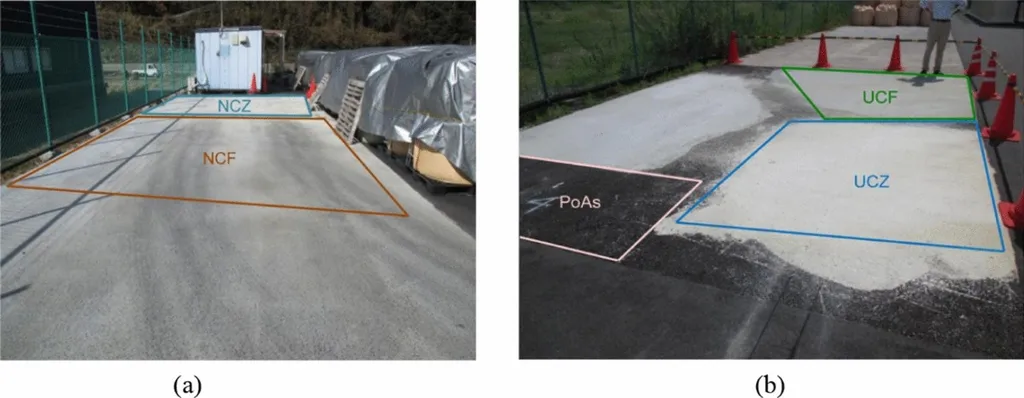In the world of road construction, the quest for durability and cost-effectiveness is an ongoing challenge. A recent study published in the journal *Fracture and Structural Integrity* (known in Polish as “Ułomność i Całościowość Konstrukcji”) sheds new light on the fatigue performance of flexible pavements, particularly those incorporating cement-bound granular material (CBGM) as a subbase layer. The research, led by Bartosz Budziński from the West Pomeranian University of Technology in Szczecin, Poland, challenges conventional design assumptions and could have significant implications for the construction and energy sectors.
Budziński’s study focuses on the often-overlooked behavior of CBGM in its uncracked state, an aspect that current Polish design methodologies tend to underestimate. “Our analysis reveals that the stiffness modulus values assumed in current practices are overly conservative,” Budziński explains. “This conservatism can lead to unnecessary costs and potential underutilization of the material’s capabilities.”
Using the theory of multilayer elastic half-space, Budziński conducted a mechanistic analysis to evaluate the fatigue life of flexible pavement structures. The results were intriguing. According to Dempsey’s criterion, only one selected layer configuration would not crack under construction traffic. However, De Beer’s criterion indicated that none of the analyzed structures should fail. This discrepancy highlights the need for a more nuanced understanding of fatigue performance in CBGM layers.
The findings suggest a significant reserve in the fatigue life of CBGM layers, particularly for mixtures of lower strength classes. This could translate to substantial commercial benefits for the construction industry. “By revising design assumptions, we can optimize material usage, reduce costs, and enhance the longevity of flexible pavements,” Budziński notes. “This is not just about improving road quality; it’s about making the entire construction process more efficient and sustainable.”
The implications for the energy sector are also noteworthy. Efficient and durable road infrastructure is crucial for the transportation of goods and services, including energy resources. By improving the design and performance of flexible pavements, the energy sector can benefit from reduced maintenance costs and improved logistics.
Budziński’s research underscores the importance of continuous innovation and revision in construction practices. As the industry moves towards more sustainable and cost-effective solutions, studies like this one play a pivotal role in shaping future developments. “Our goal is to provide a solid foundation for better design practices,” Budziński concludes. “This research is a step towards achieving that goal.”
In a field where every detail matters, Budziński’s work serves as a reminder that even the smallest adjustments can lead to significant improvements. As the construction industry continues to evolve, the insights gained from this study could pave the way for more resilient and efficient infrastructure, benefiting not just the construction sector but the broader economy as well.

